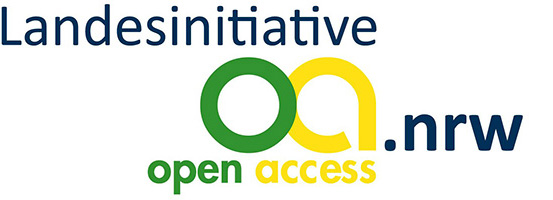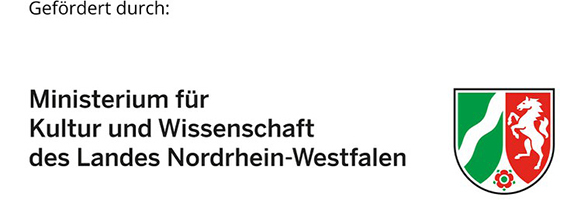RFID: Grundlagen und Potenziale
DOI:
https://doi.org/10.2195/LJ_Not_Ref_d_Overmeyer_032005Keywords:
Automatisierung, Fördertechnik, Identifikationssysteme, Material flow, Materialfluss, Objektdatenträger, RFID, Radio Frequency Identification, Sensorik, technische LogistikAbstract
Radio Frequency Identification (RFID) is a technology for the contactless identification of objects, persons or animals and for the exchange of data using the radio frequency spectrum. The communication is established between a mobile or stationary interrogator and a transponder attached to the object to be identified. As recent transponder comprise rewritable memory, micro controllers or interfaces for sensors RFID can be used beyond identification purposes to store, to process and to generate data locally. In order to benefit from this potential, the integration of RFID into technical systems has to be examined. Furthermore, standardisation issues have to be addressed aiming at worldwide compatibility of RFID systems. Open applications where the transponder is used during different production and use stages of a product should be preferred to closed loop systems. A vision for the near future is a Processing Label (PL) combining the capacity to store data, to process information from sensors and to make local control decisions.Downloads
Published
2005-03-22
How to Cite
Overmeyer, L., & Vogeler, S. (2005). RFID: Grundlagen und Potenziale. Logistics Journal: Editorial-Reviewed. https://doi.org/10.2195/LJ_Not_Ref_d_Overmeyer_032005
Issue
Section
Artikel








